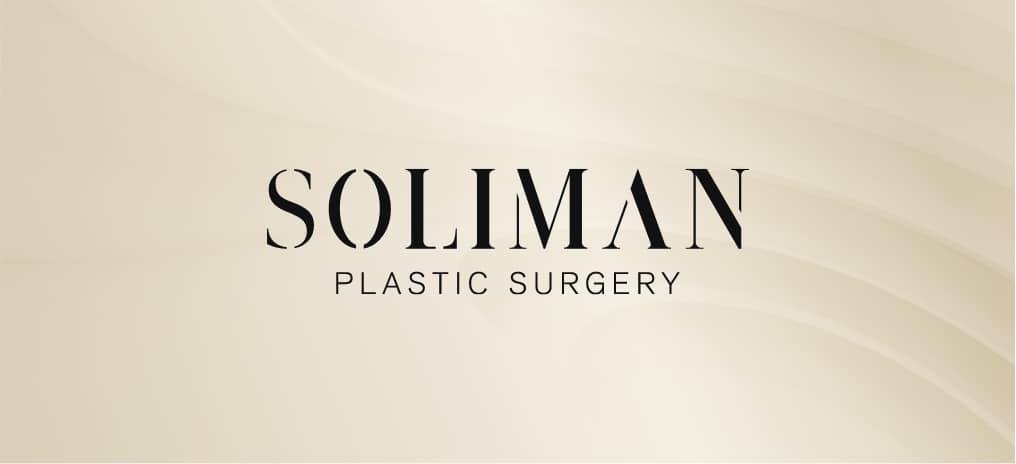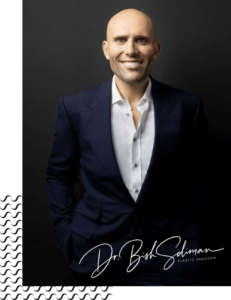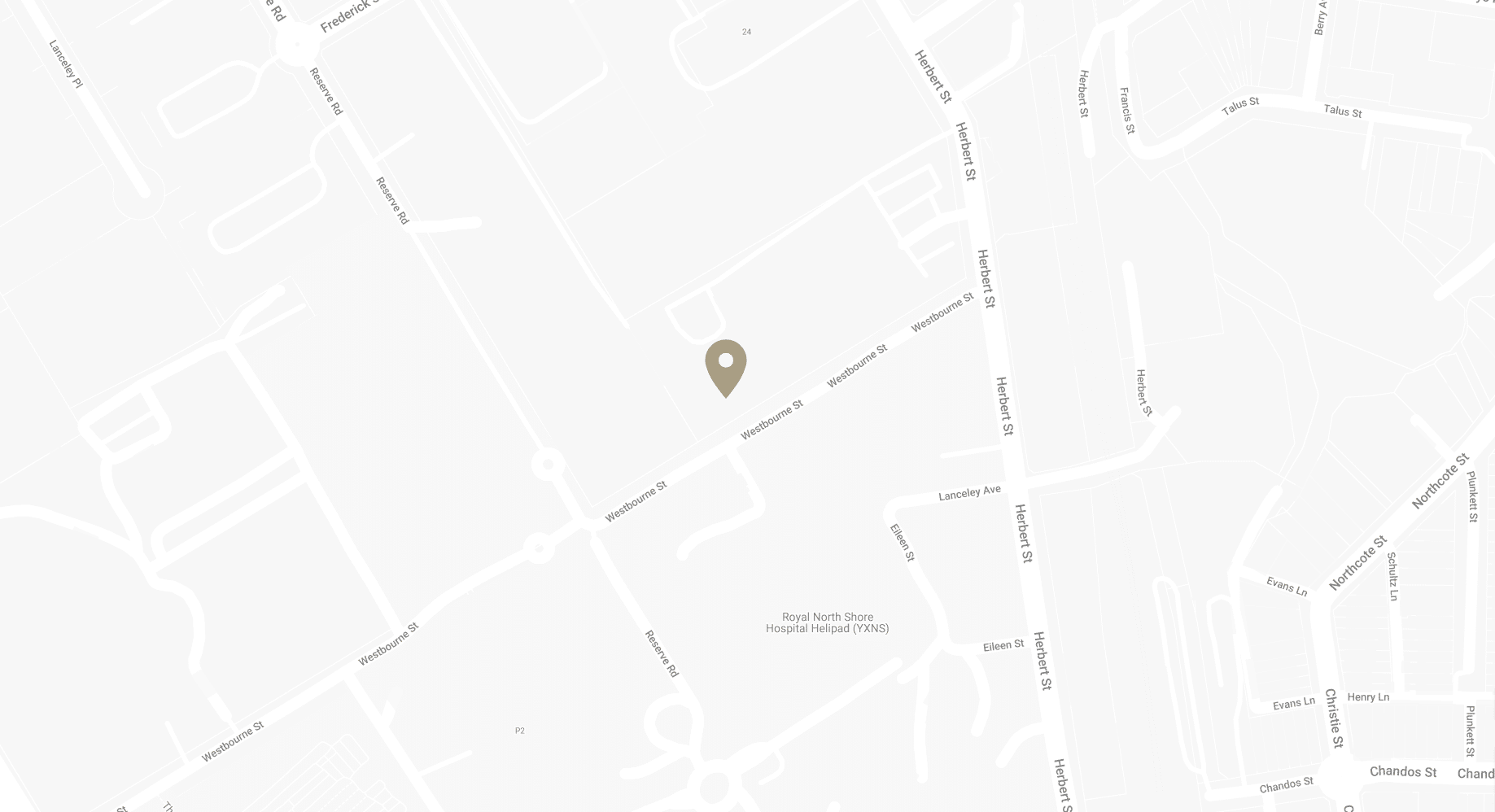Benefits and Considerations of PAP Flap Breast Reconstruction
Breast reconstruction surgery aims to restore the shape and appearance of the breast after mastectomy. Among the various techniques available, PAP (Profunda Artery Perforator) flap surgery stands out for its effectiveness and natural results.
In this blog, Sydney Specialist Plastic Surgeon Dr Bish Soliman will get into the details of PAP breast reconstruction surgery, providing you with essential information.
General Overview of Breast Reconstruction Surgery
Breast reconstruction surgery is a procedure that rebuilds the breast’s shape and appearance following a mastectomy. It can be performed immediately after the removal of breast tissue or at a later date, depending on the patient’s condition and preferences.
There are two primary types of breast reconstruction:
- Implant-based reconstruction: This involves the use of silicone or saline implants to recreate the breast mound.
- Autologous (or flap) reconstruction: This uses the patient’s tissue from other parts of the body to form a new breast.
Introduction to PAP Breast Reconstruction
The PAP flap, or Profunda Artery Perforator flap, is an advanced and innovative type of autologous breast reconstruction surgery. This procedure involves using a patient’s own tissue to create a new breast mound, specifically harvesting tissue from the upper inner thigh. The harvested tissue includes skin and fat but importantly spares the underlying muscles, which is a significant advantage over some other types of flap surgeries.
During a PAP flap procedure, Dr Soliman carefully selects and dissects the profunda artery perforators. These are the blood vessels that supply the skin and fat of the upper thigh. By meticulously preserving and utilising these vessels, Dr Soliman ensures a robust blood supply to the transplanted tissue. This is crucial for the survival of the tissue and the overall success of the reconstruction.
One of the main benefits of using thigh tissue is that it often results in a natural-looking and feeling breast. The texture and composition of thigh tissue are similar to that of natural breast tissue, making it an excellent choice for reconstruction. Additionally, because the muscle is preserved, patients maintain their muscle strength and functionality in the donor area. This preservation reduces the risk of complications and leads to a smoother recovery process.
The scars from a PAP flap procedure are typically well-hidden in the groin crease and inner thigh, making them less noticeable. This aesthetic consideration is important for many patients who are concerned about visible scarring from their reconstruction surgery. The dual benefit of natural appearance and minimal visible scarring makes PAP flap surgery a highly appealing option.
History and Development of PAP Flap Technique
PAP flap surgery has become a valuable option for breast reconstruction, particularly for patients who may not have sufficient abdominal tissue for other types of flap procedures, such as the DIEP (Deep Inferior Epigastric Perforator) flap or TRAM (Transverse Rectus Abdominis Muscle) flap. These alternatives involve using tissue from the abdomen, which isn’t always feasible for all patients due to previous surgeries, lack of sufficient tissue, or personal preference.
The development of PAP flap surgery is a result of significant advances in microsurgical techniques. Microsurgery involves the use of specialised instruments and techniques to perform surgery on very small structures, such as blood vessels and nerves. The precision required in microsurgery is critical for ensuring the success of tissue transfer procedures like the PAP flap.
The identification and utilisation of the profunda artery perforators were pivotal in the evolution of this procedure. These perforators are small branches of the profunda femoris artery, and their reliable blood supply makes them ideal for flap surgery. By connecting these small vessels to those in the chest area, surgeons can effectively transplant the tissue while maintaining its viability.
The refinement of PAP flap techniques has been driven by ongoing research and clinical practice. Surgeons have continually improved their methods to enhance outcomes, reduce complications, and offer patients better aesthetic results. Today, PAP flap surgery stands as a testament to the advancements in reconstructive microsurgery, providing a vital option for women seeking breast reconstruction post-mastectomy.

Step-by-Step PAP Flap Procedure
- Pre-operative Consultations and Planning: Before the surgery, you will have detailed consultations with Dr Bish Soliman to discuss your medical history, overall health, and specific goals for reconstruction. This is also the time for you to ask any questions and understand the procedure’s details.
- The Surgical Procedure: On the day of surgery, you are placed under general anaesthesia. Dr Soliman will carefully harvest the tissue from the inner thigh, ensuring minimal scarring and preserving the leg’s functionality. The harvested tissue is then shaped into a breast mound and attached to the chest using microsurgery techniques to connect the blood vessels.
- Post-operative Care and Recovery: After the surgery, you will be monitored closely to ensure proper blood flow to the new breast. Pain management and wound care are crucial during the initial recovery phase. You can expect to stay in the hospital for a few days before continuing their recovery at home.
Benefits of PAP Flap
The PAP flap offers several significant benefits:
- Natural Look and Feel: Because it uses the patient’s tissue, the reconstructed breast has a more natural appearance and feel compared to implants.
- Lower Risk of Abdominal Complications: Since the tissue is taken from the thigh, there is no risk of abdominal weakness or hernia, which can be concerns with abdominal flap procedures.
- Preservation of Abdominal Muscles: Unlike TRAM flap surgery, the PAP flap preserves all abdominal muscles, maintaining core strength and reducing recovery time.
Who is a Candidate for PAP Breast Reconstruction?
PAP breast reconstruction is a highly specialised procedure that can offer excellent results for the right candidates. Determining whether this technique is suitable for a patient involves assessing several factors, both physical and personal. Good candidates for PAP breast reconstruction often include women who:
- Do Not Have Enough Abdominal Tissue: Some women may not have sufficient tissue in their abdomen to be used for other flap procedures like the DIEP (Deep Inferior Epigastric Perforator) flap or the TRAM (Transverse Rectus Abdominis Muscle) flap. This lack of adequate abdominal tissue can be due to a naturally lean body type or previous surgeries that have altered the tissue landscape. For these women, the inner thigh often provides a viable alternative source of tissue.
- Have Undergone Previous Abdominal Surgeries: Prior surgeries on the abdomen, such as an abdominoplasty, make it impossible to use abdominal tissue for reconstruction. Scar tissue and altered anatomy from previous procedures can complicate the process. The PAP flap, which utilises tissue from the upper thigh, circumvents these issues and offers a reliable alternative.
- Prefer to Avoid Implants: Some women prefer to avoid the use of implants for their breast reconstruction due to personal preferences or concerns about the potential for complications such as implant rupture, capsular contracture, or the need for future replacements. The PAP flap provides a natural reconstruction option using the patient’s tissue, which can yield more natural-looking and feeling results.
- Are in Good Overall Health and Non-Smokers: Good overall health is a prerequisite for any major surgery. Candidates should be in good physical condition to withstand the surgical procedure and recovery process. Additionally, non-smokers are preferred as smoking can significantly impair healing by reducing blood flow to the tissues, increasing the risk of complications. Non-smokers typically experience better surgical outcomes and faster recovery times.
Consultation Process
The path to PAP breast reconstruction begins with a thorough and personalised consultation process. During the initial consultation, Dr Bish Soliman will take a comprehensive approach to evaluate whether a patient is a suitable candidate for the procedure. This process includes:
- Medical History Evaluation: Dr Soliman will review your medical history in detail, including any previous surgeries, underlying health conditions, and current medications. Understanding a patient’s overall health is crucial for planning a safe and effective surgery.
- Assessment of Reconstruction Goals: Each patient’s goals and expectations for reconstruction are unique. Dr Soliman will discuss these goals in-depth to understand your desired outcomes. This conversation helps tailor the surgical approach to meet your individual needs and expectations.
- Physical Examination: A physical examination will focus on the potential donor site (the inner thigh) to assess the availability and quality of tissue. Dr Soliman will also evaluate the mastectomy site to plan the reconstruction effectively.
- Discussion of Surgical Options: Dr Soliman will explain the PAP flap procedure in detail, including the steps involved, the expected recovery process, and potential risks and complications. This discussion ensures that you are fully informed and comfortable with the chosen surgical plan.
- Personalised Treatment Plan: Based on the consultation findings, Dr Soliman will develop a personalised treatment plan that outlines the surgical approach, preoperative preparations, and postoperative care. This tailored plan aims to provide optimal outcomes for each patient.
Risks and Considerations
As with any surgical procedure, PAP breast reconstruction carries some risks, including:
- Infection
- Bleeding
- Scarring
- Blood clots
- Fat necrosis (where some of the transplanted fat tissue does not survive)
- Flap failure (though rare, it can occur if the blood supply is compromised)
Dr Bish Soliman employs advanced surgical techniques and meticulous care to minimise these risks. Post-operative care is equally important; you will receive detailed instructions on managing your recovery, recognising signs of complications, and attending follow-up appointments for ongoing monitoring.
Recovery and Results
Recovery from PAP breast reconstruction varies among patients, but generally, it involves:
- First Few Weeks: Rest, pain management, and limited physical activity. You may need assistance with daily tasks initially.
- 4-6 Weeks: Gradual return to normal activities, avoiding strenuous exercise or heavy lifting. Compression garments need to be worn for 6 weeks.
- 6-12 Months: Full recovery, with scars maturing and final results becoming apparent.
You can expect a natural-looking and feeling breast mound that matches your body shape and size. The thigh area will have a scar, but it is usually well-hidden and becomes less visible over time.
Dr Bish Soliman and his team are dedicated to providing compassionate care, guiding patients through every step of the process. If you’re considering breast reconstruction, scheduling a consultation with Dr Soliman is an excellent first step.
FAQs about PAP Breast Reconstruction Surgery
How long does the PAP flap surgery take?
- PAP flap surgery typically takes between 4 to 6 hours to complete. The duration depends on several factors, including the complexity of the case, your anatomy, and whether additional procedures, such as adjustments to the opposite breast for symmetry, are performed simultaneously. You should plan for a significant amount of time in surgery and a few days of hospital stay for initial recovery and monitoring.
What type of anaesthesia is used during the PAP flap procedure?
- The PAP flap procedure is performed under general anaesthesia, meaning you will be completely asleep and unaware during the surgery. General anaesthesia ensures that you remain pain-free and still while the intricate microsurgery is carried out. An anaesthesiologist will be present throughout the procedure to monitor your vital signs and ensure your safety.
Are there any specific preparations required before undergoing PAP flap surgery?
- Yes, there are several preparations that you need to undertake before PAP flap surgery. These include stopping smoking at least 6 weeks prior to surgery to improve healing, discontinuing certain medications that can increase bleeding risks (such as blood thinners), and ensuring overall good health through proper diet and exercise. You will also need to arrange for help at home post-surgery, as you will require assistance with daily activities during the initial recovery period.
How is pain managed after the PAP flap surgery?
- Pain management is a critical aspect of the post-operative care for PAP flap surgery. You will receive pain medications during your hospital stay and be prescribed medications to manage pain after discharge. Additionally, nerve blocks or local anaesthetics may be used during surgery to help control pain in the immediate post-operative period.
Will I need additional surgeries after the initial PAP flap reconstruction?
- It is common for patients to require additional surgeries after the initial PAP flap reconstruction. These secondary procedures, often referred to as “revisions,” can include adjustments to improve the shape and symmetry of the reconstructed breast, nipple and areola reconstruction, and procedures on the opposite breast to ensure balance. These follow-up surgeries are usually less extensive than the initial reconstruction and can significantly enhance the final aesthetic result.
Further Reading about Breast Reconstruction with Sydney Specialist Plastic Surgeon Dr Bish Soliman
- Read Dr Bish Soliman’s Blog about Physical Therapy and Rehabilitation after DIEP Flap Surgery
- Read Dr Bish Soliman’s Blog about Lymphatic Drainage Massage Post Operatively after DIEP
- Read Dr Bish Soliman’s Blog about What Is Laparoscopic DIEP?
- Read Dr Bish Soliman’s Blog about DIEP Flap Breast Reconstruction and Radiotherapy
- Read Dr Bish Soliman’s Blog about DIEP Flap Reconstruction – Common Concerns and Myths
Medical References about PAP Breast Reconstruction Surgery
- PAP Flap and LTP Flap Reconstruction Procedures – BreastCancer.org
- Comparative Study of DIEP and PAP Flaps in Breast Reconstruction: Reconstructive Outcomes and Fat Necrosis
- The Preferred Design of the Profunda Artery Perforator Flap for Autologous Breast Reconstruction: Transverse or Diagonal?
- 101 Consecutive Profunda Artery Perforator Flaps in Breast Reconstruction: Lessons Learned with Our Early Experience
- Versatility of the Profunda Artery Perforator Flap: Creative Uses in Breast Reconstruction



